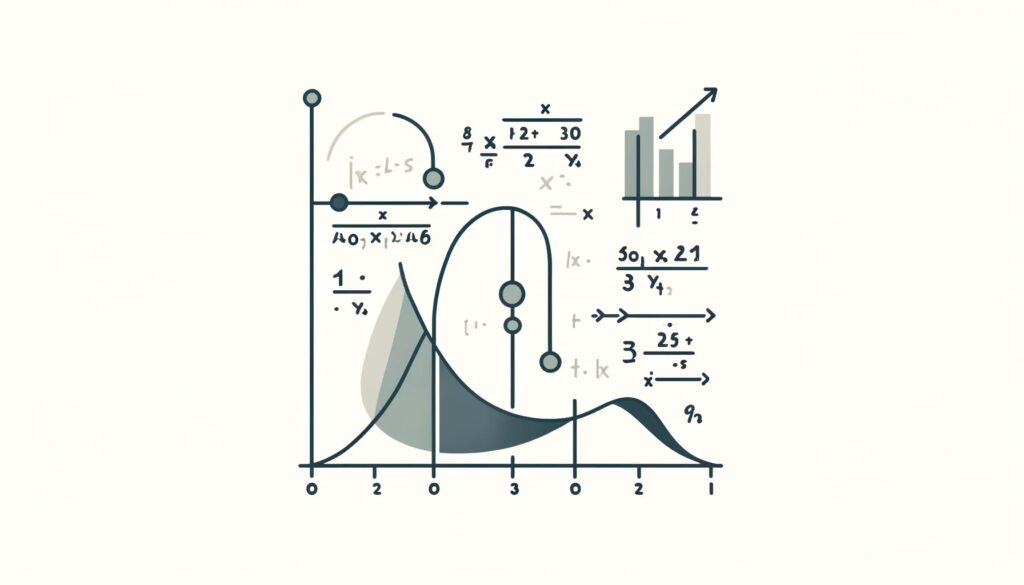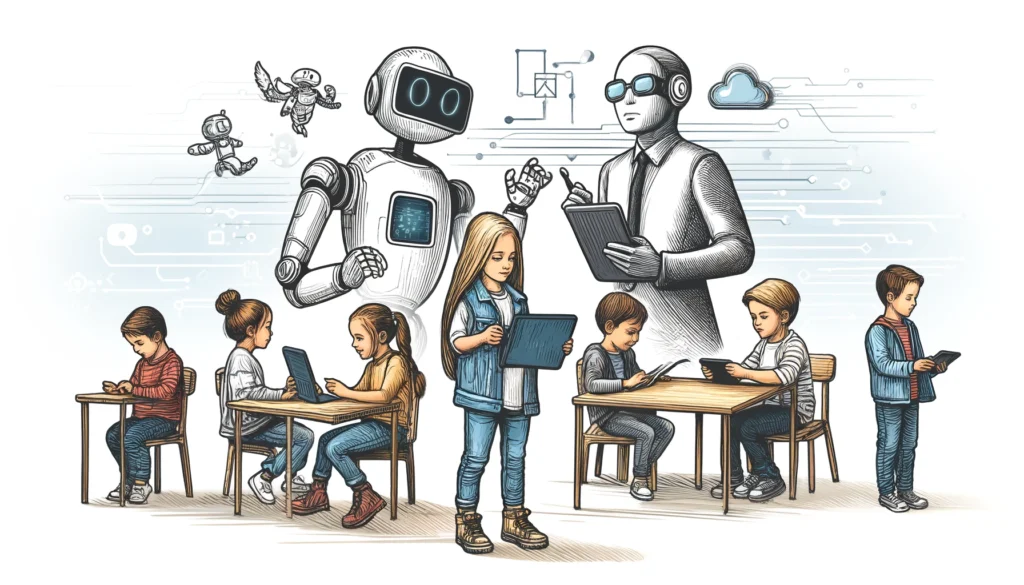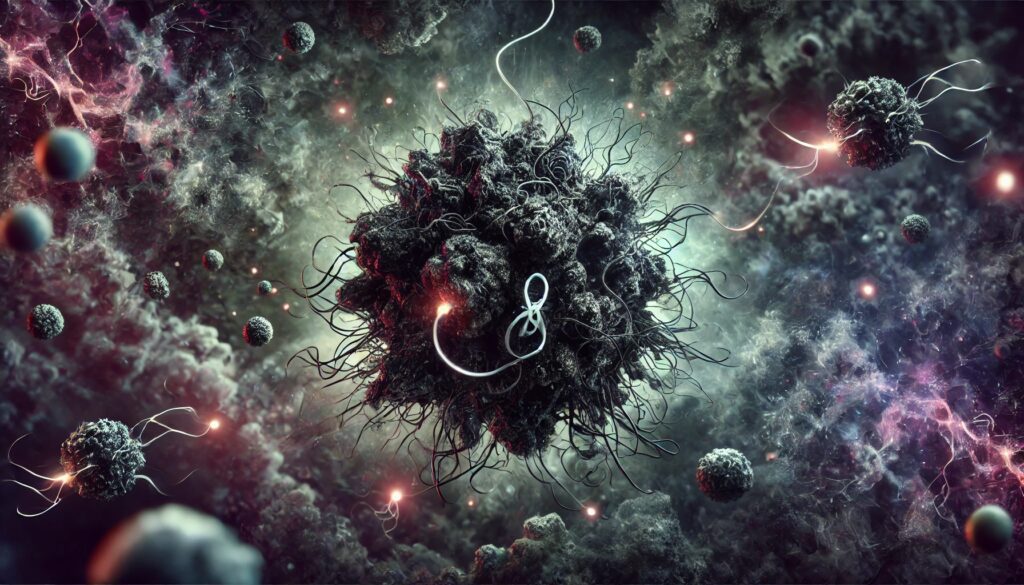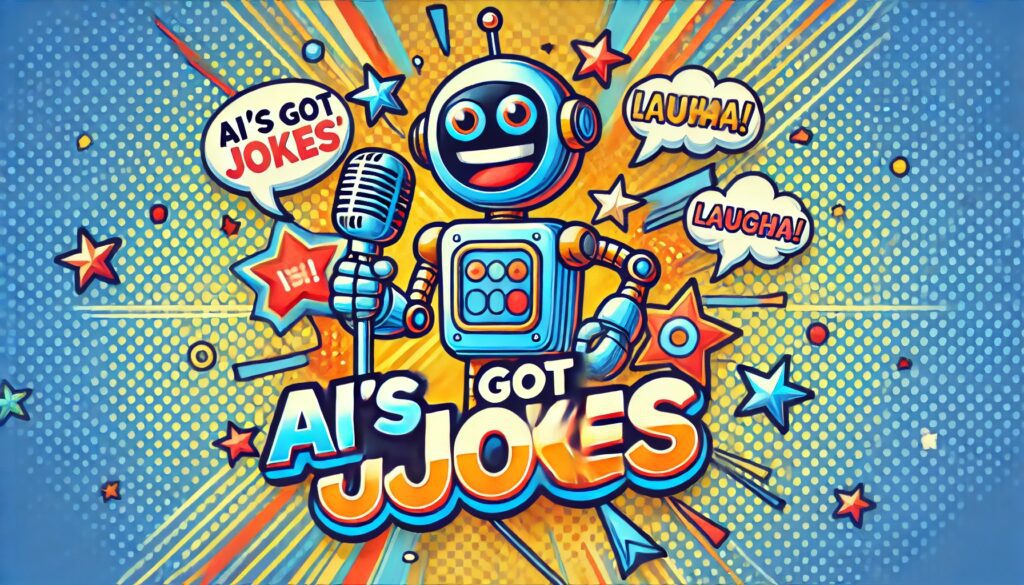
When AI Outshines Humans in Humor: A Deep Dive into the Comedy Revolution
The thought of artificial intelligence outperforming humans in comedy might seem absurd, even unsettling. After all, humor is deeply personal, reliant on context, cultural nuances, and a keen sense of timing. Yet, recent research suggests that AI, particularly ChatGPT, is becoming adept at crafting jokes that audiences find just as funny—sometimes funnier—than those written by professional comedians. How is this possible, and what does it mean for the future of creative professions?
Understanding the Experiment: AI Challenges Human Wit
In a groundbreaking study, Drew Gorenz and Norbert Schwarz from the University of Southern California set out to explore whether AI could rival human creativity in one of the most subjective fields: humor. They fed ChatGPT 3.5 with headlines from “The Onion,” a satirical magazine renowned for its sharp, witty content. The AI was then asked to generate new headlines in the same satirical style.
To evaluate the humor in these AI-generated headlines, the researchers assembled a group of 200 participants, who were unaware of the source of the jokes, and asked them to rate each headline’s wittiness. The outcome was unexpected: ChatGPT’s headlines were rated just as funny as those created by seasoned human writers. Even more striking, two of the four top-rated headlines were AI-generated.
How AI Mimics Humor: The Science Behind the Laughs
At first glance, the idea that a machine could match or exceed human humor might seem counterintuitive. After all, humor is often seen as a product of emotion, personal experience, and an understanding of social context—qualities that AI lacks. However, AI like ChatGPT doesn’t need to experience humor to create it; it simply needs to recognize patterns.
AI models are trained on massive datasets that include vast amounts of text, encompassing a wide range of writing styles, including jokes, puns, and satirical content. By processing and analyzing these patterns, AI can learn what structures and word combinations tend to evoke laughter. The more data the AI has, the better it becomes at generating content that mimics successful human jokes.
Moreover, AI operates without bias or fatigue, allowing it to churn out endless variations of jokes, some of which might hit the comedic mark better than others. This relentless experimentation could lead to novel forms of humor that human comedians might not explore due to cognitive limitations or creative blocks.
The Evolution of AI-Generated Humor: From Gimmick to Genuine
AI-generated humor has come a long way from its early days when most attempts resulted in nonsensical or awkward punchlines. Today, advancements in natural language processing (NLP) and machine learning enable AI to grasp the subtleties of language, including irony, sarcasm, and wordplay. This evolution is what allows AI like ChatGPT to produce content that resonates with human audiences.
For instance, while early AI might have struggled to understand why a play on words was funny, modern AI can recognize not just the pun, but the layers of meaning that make it amusing. This progression is particularly evident in the context of satirical headlines, where the humor often lies in the juxtaposition of serious topics with absurd scenarios—a nuance that AI is increasingly able to capture.
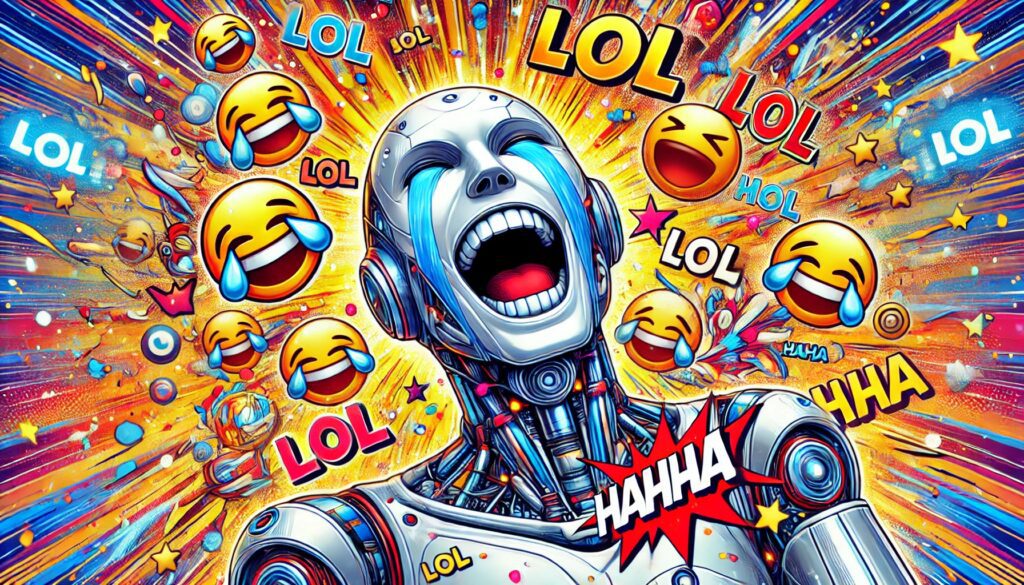
The Human Element: What AI Still Lacks
Despite its successes, AI-generated humor is not without its limitations. One of the key aspects of human humor is its connection to emotional intelligence and personal experiences. A joke’s effectiveness often hinges on the comedian’s ability to read the room, adapt to the audience’s reactions, and deliver the punchline with perfect timing. These are areas where AI still falls short.
AI’s humor is based on patterns, not feelings. It can create content that mimics human humor, but it cannot understand why something is funny in the way a human does. For instance, AI might generate a joke about a current event, but it won’t truly grasp the underlying social or political implications of that event. This lack of emotional and contextual understanding means that while AI can produce funny content, it still cannot replicate the full depth and richness of human humor.
The Broader Implications: AI’s Role in Creative Industries
The success of ChatGPT in generating humorous content highlights a broader trend: AI is increasingly capable of performing tasks that were once thought to be the exclusive domain of human creativity. In fields ranging from writing to music composition and visual art, AI is proving that it can produce work that is not only technically proficient but also emotionally resonant.
This raises important questions about the future of creative professions. Will AI eventually replace human creators, or will it serve as a tool that enhances human creativity? The answer likely lies in a collaborative future, where AI and humans work together to push the boundaries of what is possible in creative fields.
For instance, AI could be used to generate ideas or content that human creators can then refine and personalize. This symbiosis could lead to a new era of creativity, where the speed and efficiency of AI are combined with the intuition and emotional depth of human creators.
The Ethical Considerations: Who Owns AI-Generated Humor?
As AI becomes more involved in creative processes, ethical questions about authorship and intellectual property arise. If an AI generates a joke that becomes popular, who owns that joke? Is it the person who programmed the AI, the company that owns the AI, or is it public domain? These questions are still being debated and will likely become more pressing as AI-generated content becomes more prevalent.
Additionally, there is the issue of how AI might shape the nature of humor itself. As AI-generated jokes become more common, will they influence what we find funny? Could the proliferation of AI humor lead to a homogenization of comedic styles, where certain patterns become overused and lose their impact?
Looking Ahead: The Future of Comedy and AI
As AI continues to evolve, its role in comedy and other creative industries will likely expand. However, rather than viewing AI as a threat, comedians and creators should see it as a new frontier. By embracing AI, creatives can explore new ways of generating content, experimenting with different styles, and even reaching new audiences.
For comedians, the challenge will be to integrate AI into their work in a way that complements their unique voice and perspective. This might involve using AI to brainstorm ideas or refine jokes, allowing them to focus on the aspects of performance that AI cannot replicate—such as connecting with an audience on a personal level.
In conclusion, while AI like ChatGPT has proven it can create humor that resonates with people, it is still a tool—albeit a powerful one. The true artistry of comedy will always lie in the human ability to understand and connect with others, to tell a joke not just because it’s funny, but because it speaks to something deeper. As we move forward, the most exciting possibilities in humor and creativity will likely come from the collaboration between humans and AI, each bringing their own strengths to the table.
Explore the evolving relationship between AI and creativity here.
